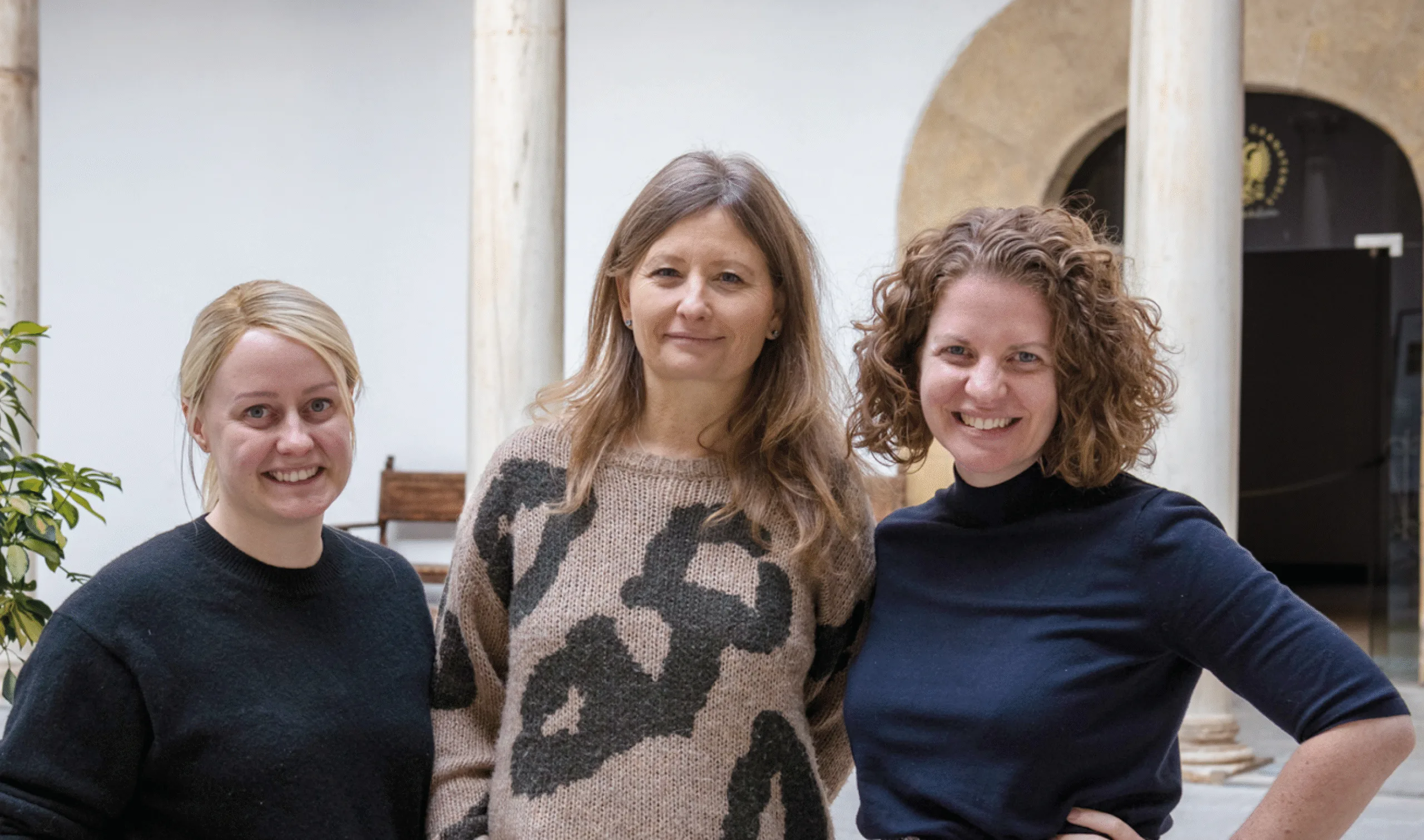
BNN Team Ensures Safety & Sustainability in NABIHEAL Wound-Healing Materials
SSbD – Background Interview with Johanna K. Scheper
NABIHEAL is an EU-funded project developing multifunctional biomaterials to improve wound-healing management. Within this exciting project, BNN is responsible for communication and dissemination, as well as implementing the Safe-and-Sustainable-by-Design (SSbD) approach into the development process. BNN Innovation Manager Johanna K. Scheper and her team have been contributing to this task. We sat down with them to understand how BNN is integrating SSbD into this project.
Johanna, you and your team are the experts for Safe-and-Sustainable-by-Design within NABIHEAL. Can you explain to those unfamiliar with SSbD what this concept means and why it’s so important?
In a very simplified way, SSbD means checking aspects of safety and sustainability early on in the development stage of a product or material, even if they are beyond regulatory necessities. SSbD permits us to improve novel and innovative materials by providing the tools for making optimal decisions among all possible options. SSbD can also be used to redesign existing materials or chemicals. If one adheres to the principles of SSbD and uses them as key performance indicators (KPIs) in the design or redesign phase, one comes closer to ensuring that no harmful material or chemical will be launched into the market or fail before launch due to safety issues.
At what point should a company or research group start informing themselves about SSbD? When is it too late?
Since SSbD is still gaining visibility, I would say it is never “too late”. Better late than never to think about safety and sustainability! However, incorporating changes late in the developmental process can be very costly, so making those changes and decisions early on can be very helpful for you economically as well. The best case scenario would be to consider SSbD once your idea has been formulated – or even before, since it takes some time to familiarize oneself with the concept and to make sure it can be applied appropriately. Once a harmful material or chemical has reached the market, though, it truly is too late – and that is exactly what SSbD wants to prevent!
Tell us about how the SSbD approach is being implemented in NABIHEAL.
In NABIHEAL we created a tailor-made questionnaire, fitting to the needs of this project. This questionnaire was filled out by the project partners, with the support from BNN in regard to the materials they are producing or to their location, which is relevant for social aspects, for example. The questionnaire is structured in 5 different steps, largely following the SSbD Framework defined by the Joint Research Centre of the European Commission. Step 1 addresses inherent hazard characteristics of all the materials and chemicals used and developed within the project. Step 2 targets safety aspects during the processing and production phase of the materials. Step 3 covers the use phase. Step 4 deals with general sustainability aspects. Finally, Step 5 addresses socioeconomic aspects.
NABIHEAL is creating a wound-healing dressing that will be classified as a medical device. How do you measure whether a medical device is safe and sustainable “enough”? Are there any requirements set?
Regarding safety the basic measures that have to be taken and information that has to be provided is regulated by the current medical device regulation in place. However, the regulation does not cover sustainability in detail. So, incorporating SSbD into the development of a medical device is very future-oriented thinking. In my opinion, it is very worthwhile to benefit the producers, patients and future generations. Using the example of COVID-19 antibody tests, for example – if producers had considered sustainability (in terms of waste separation, biodegradability, etc.) from the beginning of the design process, we could have minimized the enormous amount of waste produced.
How do you think having the NABIHEAL wound-healing biomaterials be Safe-and-Sustainable-by-Design will have an impact (e.g. socially, economically, etc.)?
Considering that current products on the market have not taken sustainability aspects or social aspects into account, I think NABIHEAL will be able to provide a functional and more ethical option in terms of environmental and social aspects. By replacing silver or other potentially harmful and toxic materials in dressings, we would reduce the ecological burden posed by wound care materials. We also hope to make the production more cost-effective, alleviating the financial burden on affected individuals and the health care system. Since the production processes are also under evaluation, we aim to contribute to decreasing negative impact on climate and decreasing the carbon footprint.
In which other sectors does BNN help companies with SSbD?
BNN covers a very broad area of projects in which SSbD can be applied. We have been involved in projects from the medical sector, such as NABIHEAL or also DeDNAed, which aimed at developing a biosensor. However, we work on projects focussing on surfactants, flame retardants, battery components or various bio-based materials. One key competence of BNN is in the field of advanced/innovative materials (AdMa), which are more challenging than classic chemicals when it comes to safety and sustainability assessments. This is because their properties can change dramatically depending on their surroundings.
Contact
Johanna K. Scheper, Innovation Manager
BioNanoNet Forschungsgesellschaft mbH (BNN)

